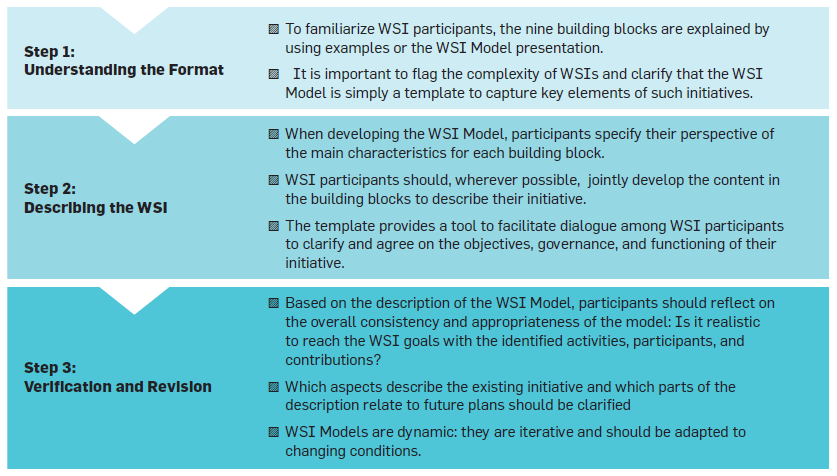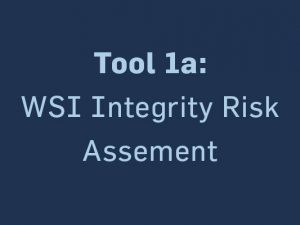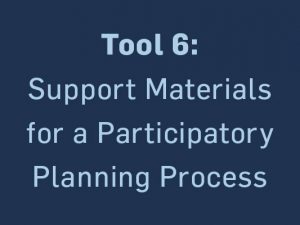| Tool | The WSI Model provides a template to help participants understand how a WSI will be structured, function, and generate benefits. |
| Related Key Activities | Regularly question and verify theory of change. |
| Question Addressed |
Given that participants typically have different understandings of what the WSI should do and why, how can they capture the logic of the WSI at a glance and in a way everyone understands? |
| Purpose | Clarify the logic of the WSI to reduce room for interpretation and misappropriation of the initiative:
|
| Output | Jointly developed overview of the most important aspects of the WSI and its context. |
| Possible Users | WSI initiator(s) and participants. |
| Level of Effort | Two- to three-hour participatory session in a workshop or meeting, and regular amendments or reflections to capture new developments in the WSI and its theory of change. |
| WSI Phase | 2: Formalization, but can be used at any phase. |
WSI facilitators and core participants usually agree at an early stage on the cornerstones of how a WSI will operate and generate shared benefits. Nonetheless, the written agreements often take time to develop and use legal language that is not easily understood by all WSI participants. This leaves room for contradicting interpretations and expectations among WSI participants and beneficiaries, which can result in conflicts and undermine the accountability relationships among different stakeholders both within and outside the WSI. The WSI Model provides a structure through which WSI participants can discuss and agree on key aspects of the WSI in simple terms, establishing a shared understanding among all participants. Doing so helps create transparency and provides key information for an analysis of the most salient integrity risks the WSI may face.







